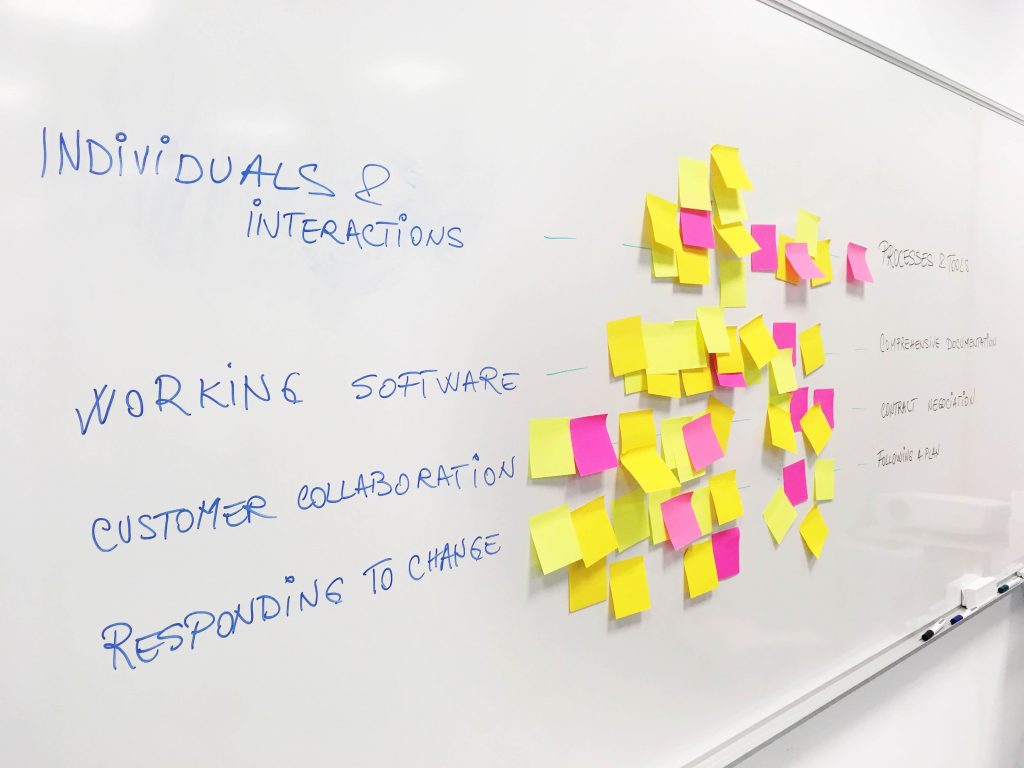
There are a good number of benefits to Agile, but it isn’t always the best option for a project. In fact, the experts at Parallel Project Management Training believe it is vital to know the signs that can help you decide when Agile is not the right option. Below, we’ve asked them to share their tips for how to tell that Agile might not be the best strategy..
Your Project Has Strict Requirements
If the brief for your project has some incredibly strict requirements then Agile will probably not be the most appropriate methodology to adopt.
Those projects that have outcomes and timescales that are predetermined tend to lend themselves to more traditional styles of project methodology. If a project has a requirement to deliver something that is very specific, perhaps of a regulatory or legal nature, then these will not be very Agile-appropriate. Where timeframes for delivery and requirement are explicit – particularly in cases where there are penalties in place for failing to meet these – then an alternative is required.
Do You Have a Traditional Mindset?
Sometimes a project is the ideal one for Agile but the project team or the team leader is simply not ready to adopt an Agile mindset. If the business itself is stuck in a more traditional project mindset, then it will find making Agile a success a difficult task. Commitment and dedication are required in order to work within an Agile framework. Investment is necessary in order to ensure that everyone has the right tools, and it is important for an organisation to have the right set up with accountability and clear roles, training and then support so that a team has the chance of being successful. If these are not in place, then Agile simply won’t work. Project manager courses will provide you with a lot of the information that will help with this.
Agile isnt Always the Answer
Sometimes, Agile will appear to be the obvious choice whilst in other situations it will not. The decision to use Agile is not always a binary one. Using different methodologies for different projects is something that is wholly acceptable.
Sometimes it is also worth considering the idea of Agile delivery co-existing alongside more traditional methodologies as a complement to each other. This can be helpful in those situations where there is less certainty surrounding the features and specific function of the application or product. When this happens, the Agile approach needs to operate within a more traditional construct.
One Size Doesn’t Fit All
It is unfortunately not that straightforward to work out if Agile is the correct approach or not. There are some questions that can help inform your decision:
- What commercial arrangements do we have around our project?
- What is the mandate of our project?
- What business objective do we want to support?
- Are there high levels of customer engagement and support involved?
- What is the expectation of our business or customers?
Because the one-size-fits-all approach doesn’t work for every project you need to be able to recognise those situations where Agile will help you to your objective if it will. If Agile can help, then this could be your way forward. If however it doesn’t appear like Agile will help you then a more traditional approach should be taken and this isn’t always a bad thing – what is essential is finding the right approach.





